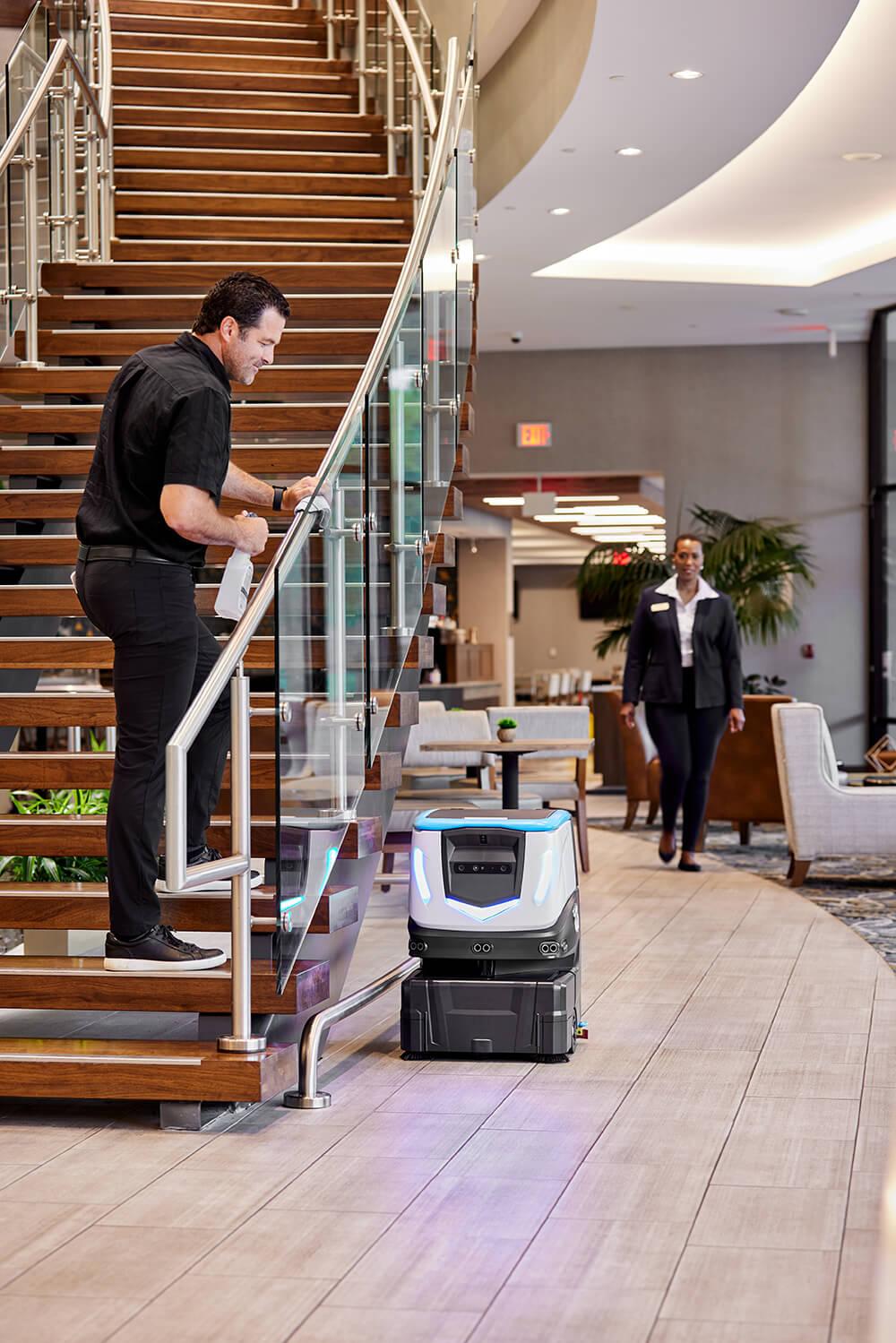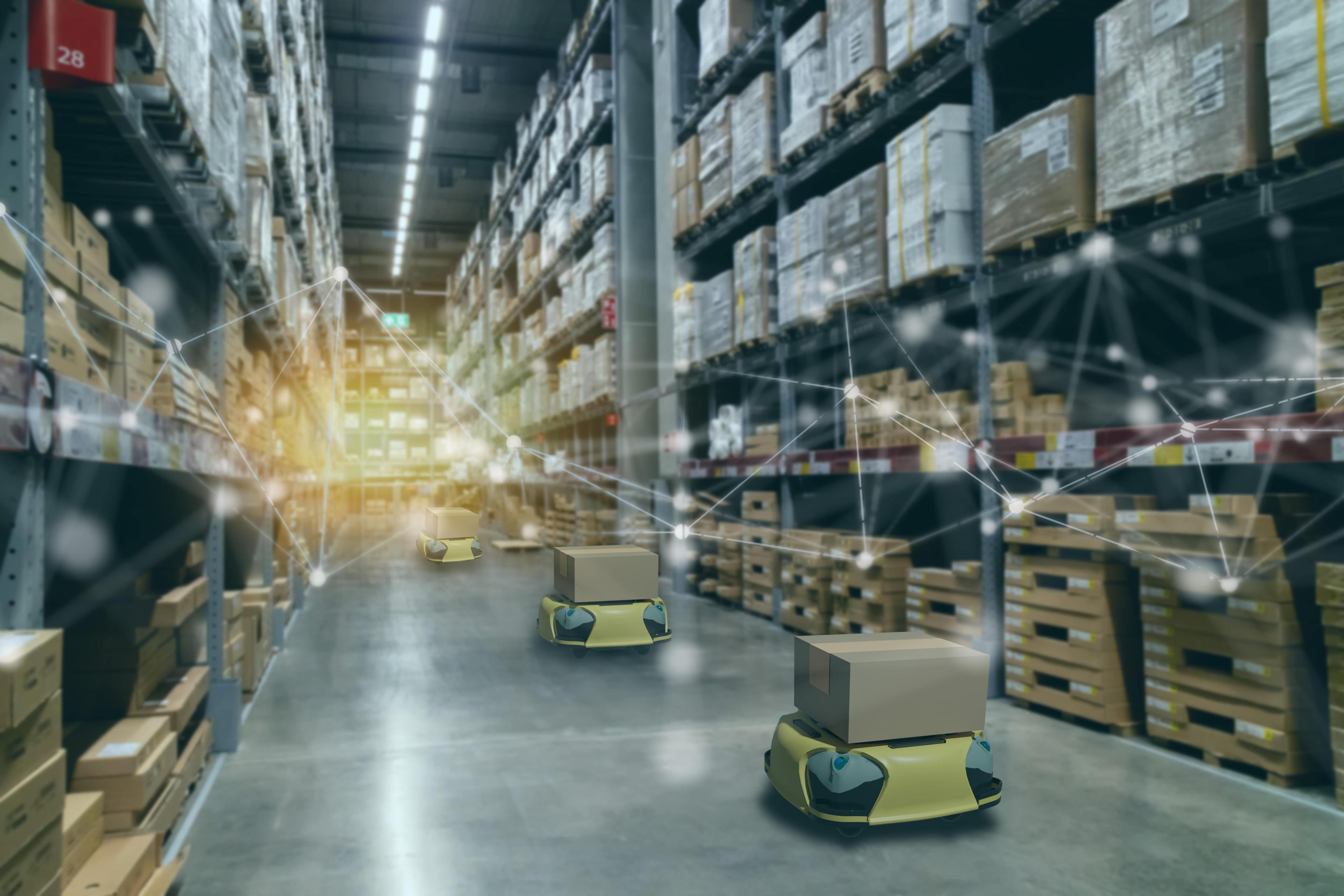July 20, 2022
Why Make the Switch to Automation


Bringing on autonomous solutions can seem overwhelming for many reasons. It hasn’t always been easy; it’s been expensive and, in many cases, ended up being too time-consuming. For operations managers, business owners, and team leaders the efforts seemed to not always yield results.
Things have changed. With the increased reliance on cloud-based technology, more and more business processes have become automated. It’s to the point now that we don’t even realize all the automated solutions we engage with daily.
This in turn has made other autonomous solutions, like robotic technologies, even more accessible, reliable, and affordable.
Because of this, the benefits of bringing on autonomous solutions affect businesses on a much wider scale than we may initially realize, making them even more important across industries.
This is because autonomous solutions are increasingly intuitive and easy to use, and this positively impacts staff and business operations, resulting in impressed and pleased customers.
One of the main reasons businesses adopt autonomous solutions is the ability to increase productivity and efficiency in the workplace.
Automated processes not only speed up the completion of work but also free up staff to focus on other high-priority tasks.
Additionally, autonomous solutions allow businesses to scale at a much faster pace.
Beyond that, autonomous solutions take on repetitive tasks that most workers don’t enjoy, and this frees them up to focus on other tasks that require more human thought and dexterity. Automating tedious and repetitive work changes what workers do and, in many cases, gives them opportunities to learn new skills.
According to a poll cited by Business Wire, over 500 respondents “saw automation as a way to eliminate the low-value, repetitive work they cited as the number one reason for unhappiness in their current role.”
Respondents went on to indicate that “By handing the bulk of this work to a machine, 6 in 10 workers saw an opportunity to do more interesting work and improve team morale. Half of the respondents also felt that automation would help them boost their earning potential while reducing their levels of stress at work.”
According to Forbes, “Automation technology isn’t killing jobs—it’s redefining them. As businesses continue to implement and adopt these new technologies, automation tools will augment the workforce by optimizing workplace processes.”
Most people already work with automated technology as autonomous solutions range from the software programs we use to manage inventory or customers, to self-checkout aisles in retail stores, to autonomous robots in warehouses and manufacturing facilities.
Essentially, automation has been changing how we work and live for decades and will only continue to evolve as a normal part of our jobs.
Using automated technologies helps businesses in a variety of ways. Once employers adopt autonomous solutions, they can save time and money, free up staff from repetitive (and sometimes harmful tasks) and increase productivity and efficiency—making workplace processes run more smoothly.
“At its core, automation is about implementing a system to complete repetitive and easily replicated tasks without human labor."--Business News Daily
Workplace automation relies on sophisticated technologies like cloud-based software, artificial intelligence, and advanced computer programming that allow technology to take on repetitive tasks.
This can be anything from programs that sort contacts and send bulk emails for marketers to self-checkout lanes in retail stores, to autonomous floor cleaning equipment.
The idea is that the autonomous solution takes on the task of freeing up human workers.

Automating floor scrubbing allows staff to focus on other areas of cleaning like bathrooms, wiping surfaces, and dusting—all things that require human dexterity and attention--or on making sure shelves are stocked and customers are attended to.
The easy-to-use cobot works alongside staff to make processes easier and operations run more efficiently.
Much of the reasoning behind creating autonomous solutions is to help support staff and to increase productivity.
Autonomous solutions are designed to take on repetitive tasks that can be time-consuming and daunting, sometimes even dangerous. In the manufacturing industry, for example, robotic solutions have taken on dangerous jobs that used to leave people exposed to harmful chemicals, heat, and heavy machinery.
Some of the most common reasons for implementing autonomous solutions are:
Autonomous solutions provide advantages to businesses beyond what we may initially realize.
Increasing productivity and efficiency and automating tedious processes (like sending marketing emails) are some of the main benefits. Here are some other important ones:
“Employees who had experienced the highest levels of automation were also the happiest and most optimistic about their career prospects.” BusinessWire

In other cases, autonomous solutions can free staff to focus on customers versus cleaning checklists or stocking shelves.
Retailers are exploring all kinds of autonomous solutions from robotic inventory scanning robots to cobotic floor scrubbers like Cobi 18.
While these machines complete repetitive work, store staff can focus on work that is more meaningful like engaging with clients in the store.
Cloud-based technology, advanced software systems, and AI all work together to collect information quickly efficiently, and without human error.
According to Forbes “When a company can take a role or a task traditionally handled by error-prone humans and replace it with AI-driven software that extracts and manages data in a fraction of the time with precision, it can change the internal landscape of an entire company.”
As a business, remaining relevant and able to compete in today’s market means adopting and implementing automation. Autonomous solutions are more reliable, affordable, and easy to use than ever before.
Cobi 18 is available through an all-inclusive subscription, which means customer service, parts, fleet management software, consumables, and data analytics are all included in the subscription price.
Not only does this make it affordable, but it also removes the burden for managers and facilities operators when a repair or update is needed.
ICE Cobotics is an industry-leading technology and cleaning equipment company specializing in automation and all-inclusive subscriptions. Reach out to our Automation Experts for more information.
Ready to Explore Automation? Talk to an Automation Expert